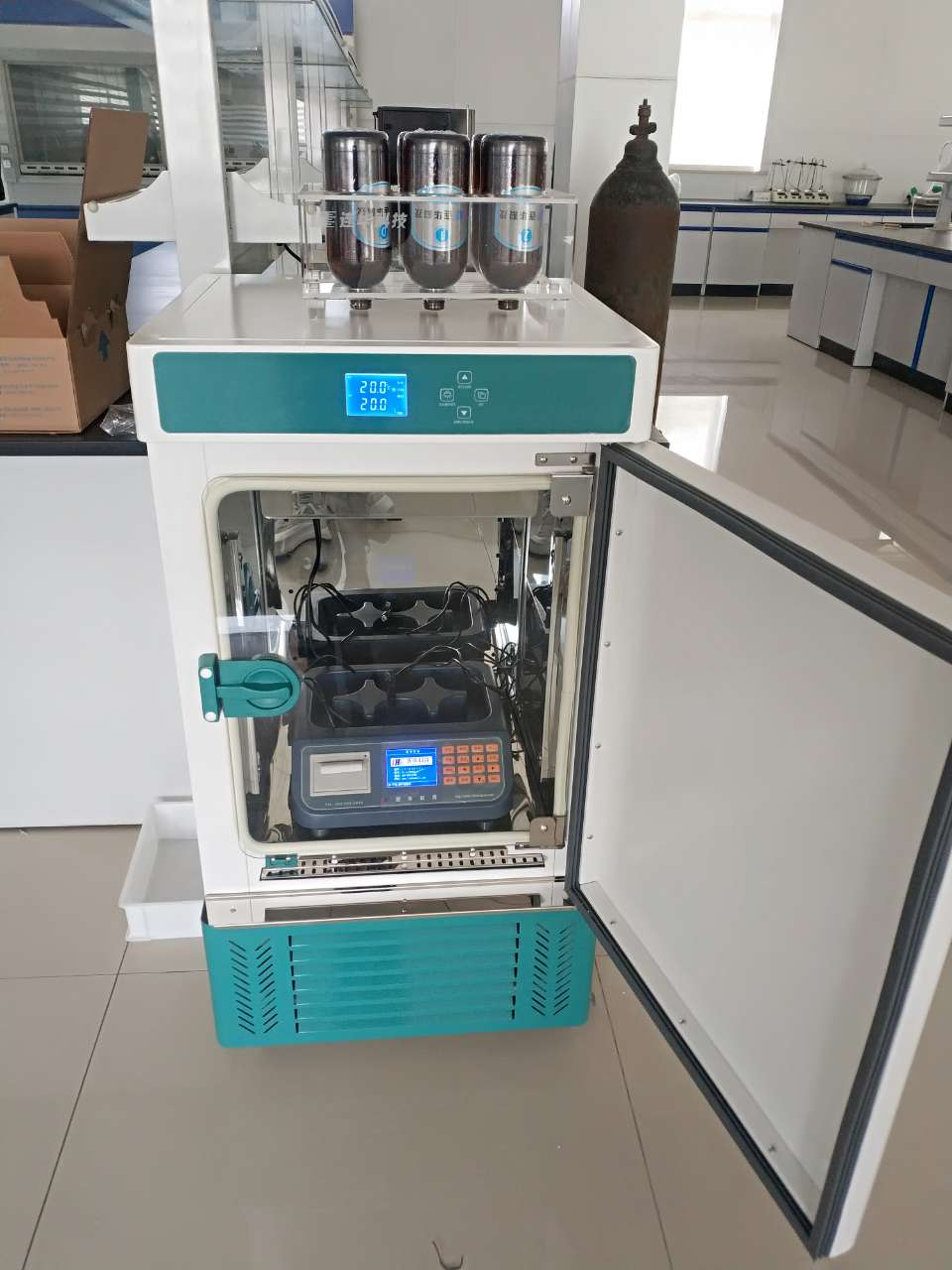News
-

China Water Quality Instrument Recommendation: Economical and high-quality Qinglan series LH-P3 single-parameter rapid tester
In many fields such as environmental monitoring, pharmaceuticals, brewing, food papermaking, petrochemicals, etc., rapid and accurate parameter determination is crucial. Lianhua Technology’s newly launched Qinglan series LH-P3 single-parameter portable water quality tester not only has effi...Read more -

China Water Quality Instrument Recommendation | LH-A109 Multi-parameter Digestion Instrument
In water quality testing experiments, the digestion instrument is an indispensable and important tool. Today, I would like to recommend an economical, easy-to-use digestion instrument for everyone-LH-A109 multi-parameter digestion instrument. 1. Economical and affordable, great value for money In...Read more -
Development of BOD detection
Biochemical oxygen demand (BOD) is one of the important indicators to measure the ability of organic matter in water to be biochemically degraded by microorganisms, and is also a key indicator to evaluate the self-purification capacity of water and environmental conditions. With the acceleration ...Read more -
Development of chemical oxygen demand (COD) detection
Chemical oxygen demand is also called chemical oxygen demand (chemical oxygen demand), referred to as COD. It is the use of chemical oxidants (such as potassium permanganate) to oxidize and decompose oxidizable substances in water (such as organic matter, nitrite, ferrous salt, sulfide, etc.), an...Read more -

Determination of residual chlorine/total chlorine by DPD spectrophotometry
Chlorine disinfectant is a commonly used disinfectant and is widely used in the disinfection process of tap water, swimming pools, tableware, etc. However, chlorine-containing disinfectants will produce a variety of by-products during disinfection, so the safety of water quality after chlorinatio...Read more -
Introduction to DPD colorimetry
DPD spectrophotometry is the standard method for detecting free residual chlorine and total residual chlorine in China’s national standard “Water Quality Vocabulary and Analytical Methods” GB11898-89, jointly developed by the American Public Health Association, the American Wate...Read more -

The relationship between COD and BOD
Speaking of COD and BOD In professional terms COD stands for Chemical Oxygen Demand. Chemical Oxygen Demand is an important water quality pollution indicator, used to indicate the amount of reducing substances (mainly organic matter) in the water. The measurement of COD is calculated by using str...Read more -

Water quality COD determination method-rapid digestion spectrophotometry
The chemical oxygen demand (COD) measurement method, whether it is the reflux method, the rapid method or the photometric method, uses potassium dichromate as the oxidant, silver sulfate as the catalyst, and mercury sulfate as the masking agent for chloride ions. Under the acidic conditions of su...Read more -

How to make COD testing more accurate?
Control of COD analysis conditions in sewage treatment 1. Key factor—representativeness of the sample Since the water samples monitored in domestic sewage treatment are extremely uneven, the key to obtaining accurate COD monitoring results is that the sampling must be representative. To achie...Read more -
Turbidity in surface water
What is the turbidity? Turbidity refers to the degree of obstruction of a solution to the passage of light, which includes the scattering of light by suspended matter and the absorption of light by solute molecules. Turbidity is a parameter that describes the number of suspended particles in a li...Read more -
What is residual chlorine in water and how to detect it?
The concept of residual chlorine Residual chlorine is the amount of available chlorine remaining in the water after the water has been chlorinated and disinfected. This part of chlorine is added during the water treatment process to kill bacteria, microorganisms, organic matter and inorganic matt...Read more -

Lianhua Technology’s water quality analyzer shines with splendor at the IE Expo China 2024
Preface On April 18, the 25th China Environmental Expo opened grandly at the Shanghai New International Expo Center. As a domestic brand that has been deeply involved in the field of water quality testing for 42 years, Lianhua Technology made a wonderful appearance...Read more




